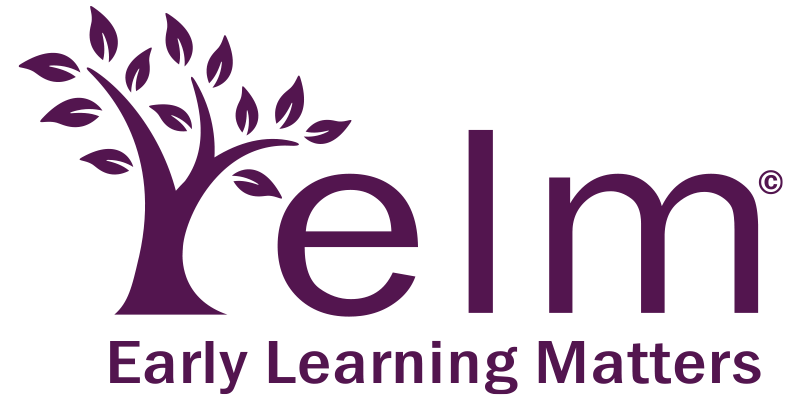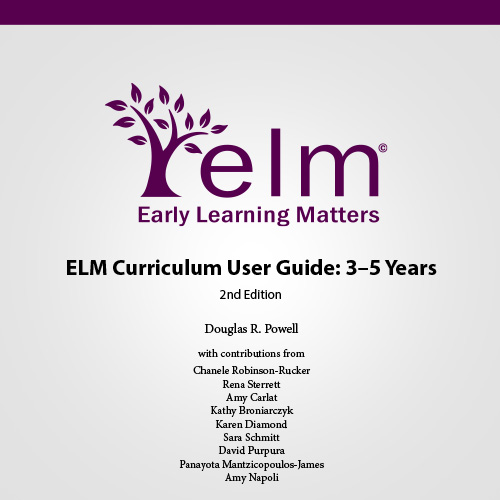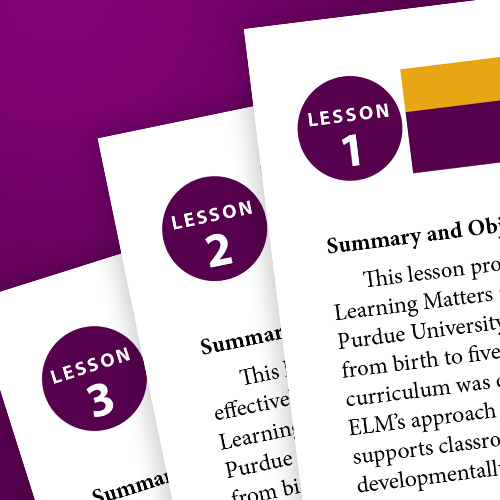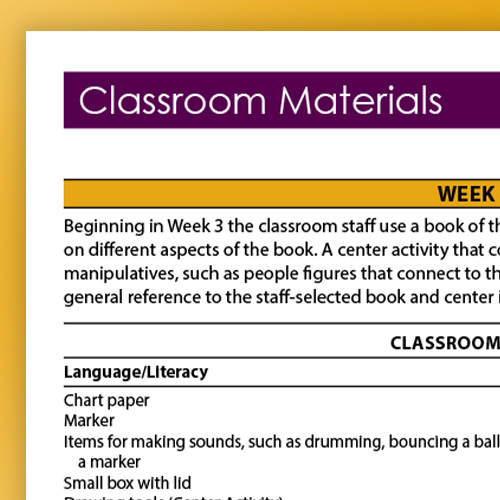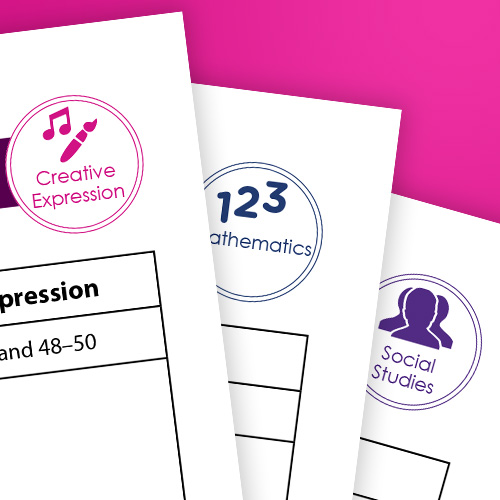
Overview
The ELM Curriculum provides a broad approach to helping young children succeed in school and in life. The curriculum promotes foundation skills in eight areas of learning and development. The social and emotional domains of development, including self-regulation, receive as much attention in the curriculum as language/literacy, mathematics, and related academic skills.
All ELM activity plans embrace developmentally appropriate methods of interacting with children. The curriculum uses a wide range of active learning strategies recommended by NAEYC and supported by research evidence. Children are encouraged to actively pursue their interests. Guided play experiences are valued in ELM.
ELM activities are designed for mixed-age preschool classrooms enrolling children from 3 to 5 years of age. Scaffolding tips and related suggestions in each activity plan can help classroom staff accommodate a range of child abilities and interests. Child observation guides and assessment tools can also help staff tailor children’s learning experiences.
The ELM Curriculum offers four activities per day, each focused on a specific content area. The activities are designed for about 15 minutes each, but may take slightly more or less time depending on children’s interests and other factors.
In addition to the 20 activity plans offered in each of the 50 weeks, the User Guide suggests ways to promote important skills as part of daily routines like mealtimes and transitions. There also are optional activity plans for repeated readings of 18 books.
Special topics are featured in weeks that are likely to be offered during the summer months. Topics include dinosaurs, transportation, and how authors and illustrators create books. Later weeks of the curriculum offer options for in-depth exploration of information introduced in earlier weeks of the curriculum.
There is one Readiness Starts Early parenting tips handout per week plus a companion What Children Will Learn This Week overview of classroom activities. A link to these family resources is located in the left column of each week’s activity plans.
Foundation Skills for Preschool-age Children
Oral Language
Phonological awareness
Letter knowledge
Print knowledge
Writing
Number knowledge
Geometric and spatial knowledge
Pattern knowledge
Measurement knowledge
Self-control of behaviors, emotions, and thoughts
Concentrate on experiences, self, and others
Executive function
Relationship skills, including social problem-solving skills
Emotion knowledge
Perspective-taking
Personal responsibility
Positive sense of self
Knowledge of social and physical environments
Concepts of time
Appreciation of art, music, drama, and dance
Knowledge of creative processes
Skills that support creative expression
Inquiry skills, including use of the five senses and tools
Knowledge of
- living things
- animal habitats
- life cycles
- earth and space
Motor development
Good health practices
Preparing to Implement ELM with Preschool-age Children: Five Steps
All resources developed by Purdue University for the ELM Curriculum are available free of charge on this website. They are organized by age group: Birth-36 Months and 3-5 Years.
In addition to ELM Activity Materials available as downloadable PDF images, most activity plans involve specific books and other items that are not provided by the ELM Curriculum. The Materials Lists provide information on these items.
Understand skills promoted by ELM and how the curriculum works.
Essential Resource:
Additional Resources:
- Online Training lessons on Using ELM Successfully and Introducing ELM to Direct Care Staff.
Plan or adjust your classroom’s daily schedule to incorporate ELM activities in ways recommended in the User Guide.
Essential Resource:
Additional Resource:
- Online Training lesson on Using ELM Effectively.
Become familiar with components and effective use of activity plans.
Secure necessary materials as noted in activity plans and summarized in the Materials List. The PDF images of ELM Activity Materials are downloadable from the activity plan in which they are used.
Essential Resources:
- ELM Curriculum User Guide: 3-5 Years
(pp. 94-100) - Activity plans
Additional Resources:
Understand approaches to tailoring children’s learning experiences.
Additional Resources:
- Online Training lessons on Observing, Assessing, and Individualizing, and Helping Staff Tailor Learning Experiences.
Consider ways ELM Curriculum resources can help strengthen partnerships with families.
Essential Resources:
- ELM Curriculum User Guide: 3-5 Years (pp. 106-107)
- Readiness Starts Early tips for families
- What Children Will Learn This Week handout
- Examples of child progress portfolio entries in Guides for Observing and Individualizing and Progress Assessments.
Activity Plans
preschool-age children:
Sequence of Skills and Learning Goals charts with links to 50 corresponding weeks
Please note: Using a desktop or laptop computer offers the best experience for navigating the ELM Curriculum pages.
Activity Plans
There are 50 weeks of activity plans plus 18 optional repeated book reading plans.
Please note: Using a desktop or laptop computer offers the best experience for navigating the ELM Curriculum pages.
